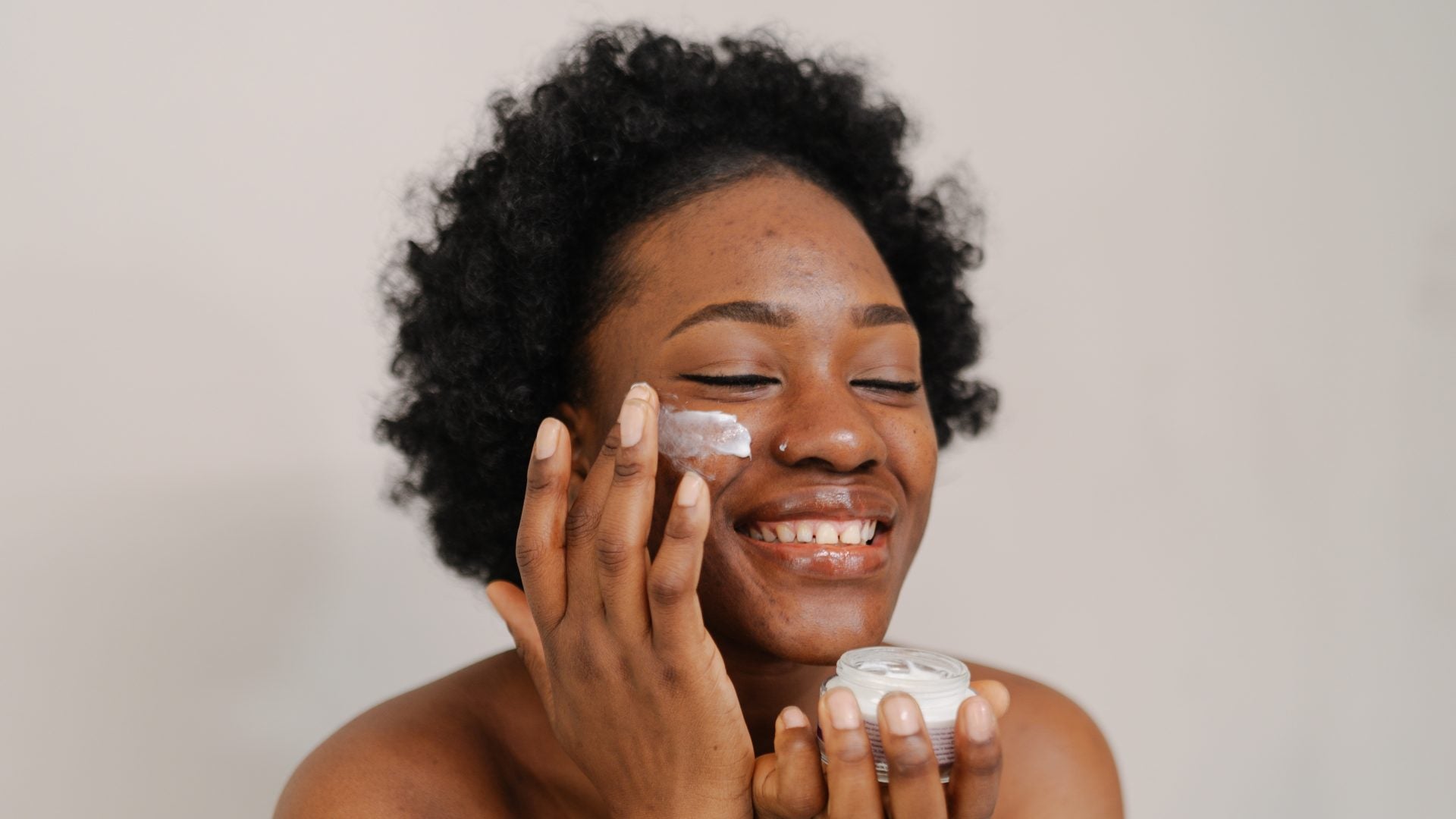
When we’re fighting acne in our teenage or adult years, it can feel like a lifetime. The moment we eliminate one breakout, another is right around the corner. It can be an endless struggle that often leaves us frustrated. Thankfully, retinoids like tretinoin can put acne in its rightful place. It’s become trendy over the last few years for its ability to reverse acne and wipe the skin of any battle scars.
Dr. Nkem Ugonabo is a certified dermatologist who specializes in overall skin health and is all too familiar with the intense effects that can be caused by chronic acne. Although she understands how helpful tretinoin can be, Dr. Ugonabo is concerned with how people use the popular product. “Retinoids are probably the number one skincare product I see being misused. It’s easy to use too much!” says Dr. Ugonabo in an Instagram post.
That said, here is her guide to everything we need to know about tretinoids before using them.
What is tretinoin?
Beyond tretinoin being a type of retinoid, it is also a source of vitamin A that can help with fine lines. This source of vitamin A can also be helpful for those with intense hyperpigmentation or struggling with severe acne. However, it is always beneficial to consider your skin type before using this form of retinoid. “People new to this ingredient, particularly those with sensitive skin, can experience irritation or dryness initially,” Says Dr Ugonabo. Thus, she recommends starting with a pea-sized amount. A great way to measure this is not going greater than the tip of your index finger.
What percentage is safe to use on the skin?
We understand the urge to want to achieve the best skin possible. Living with carefree, clear skin is a dream we all want to live. Despite this, we must still understand that a major key to good skin is patience. Using a high percentage to achieve quicker results can hinder you on a surface level. “I typically recommend people start slow and build their way up. I usually start at a lower percentage (e.g., 0.025%); if the patient tolerates it, I may increase it months later,” says Dr. Ugonabo. Practicing the spot test before proceeding is also suggested. Focusing a small amount on one area to see how your skin reacts can be an excellent guide to what your skin can tolerate.
If you’ve been using tretinoin for a few months and are considering increasing your dosage, please contact your dermatologist. A licensed professional can determine whether increasing your dosage benefits or hinders your skin goals. If you’re in the New York City area, Dr. Ugonabo regularly practices this habit with patients. She mentions, “depending on how they are doing, I may recommend a higher potency if I believe it would lead to better results.”
Is it safe to use at home?
Tretinoids are safe to use in the comfort of your own home. It’s all about being mindful of how we’re using them. Dr. Ugonabo advocates for using all retinoids, including tretinoids, at night. The product should be a prescription cream, gel, or lotion to be implemented into your regime easily. “I may recommend a pea-sized amount to the entire face, just a few nights a week, which should be followed with moisturizer,” says Dr. Ugonabo.
The dermatologist also recommends the sandwich method. Users would apply moisturizer, add tretinoin, and finish with another layer of moisturizer. TikToker Sarah Saleen demonstrates a perfect example of implementing the sandwich method for optimal results. The proof of this method is all in the results! Saleen’s skin is opposing from the early days of her healing journey.
Who should stay away from tretinoin?
Not all skincare recommendations are created equal. What works for one person can be deemed unsafe for someone else. It’s a tease! How can a product produce beautiful results and be a danger to others? It all comes down to the ingredients, and because of this, it’s not safe for pregnant women. According to this study, tretinoin is connected to a medicine called isotretinoin. This factor is known to cause congenital disabilities in the heart, face, and brain.